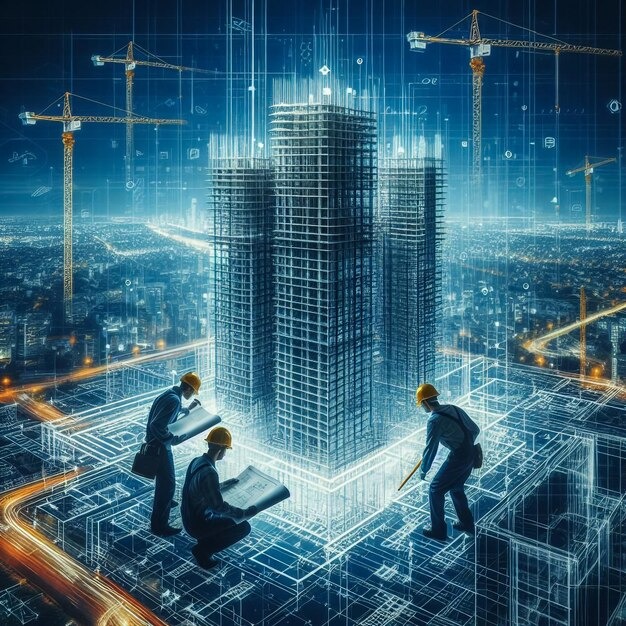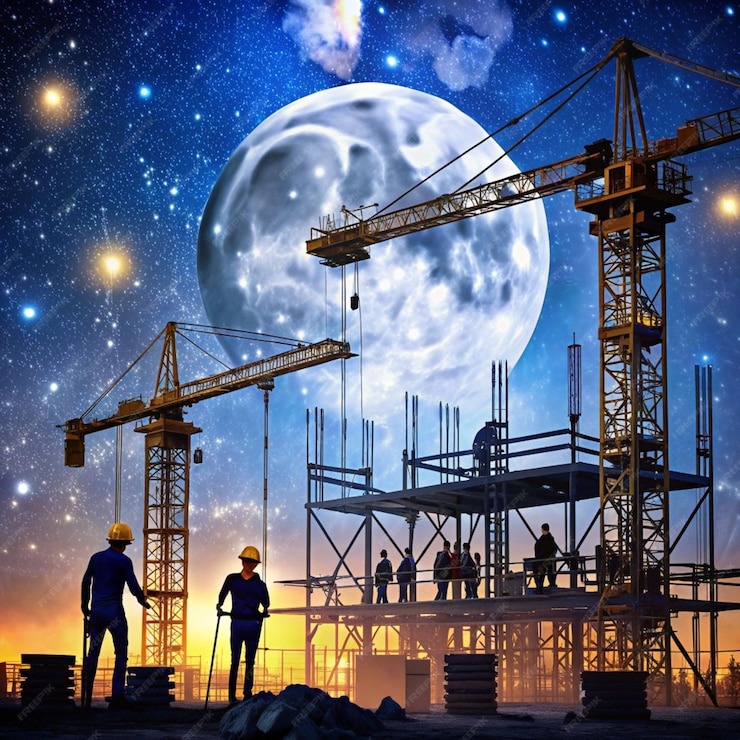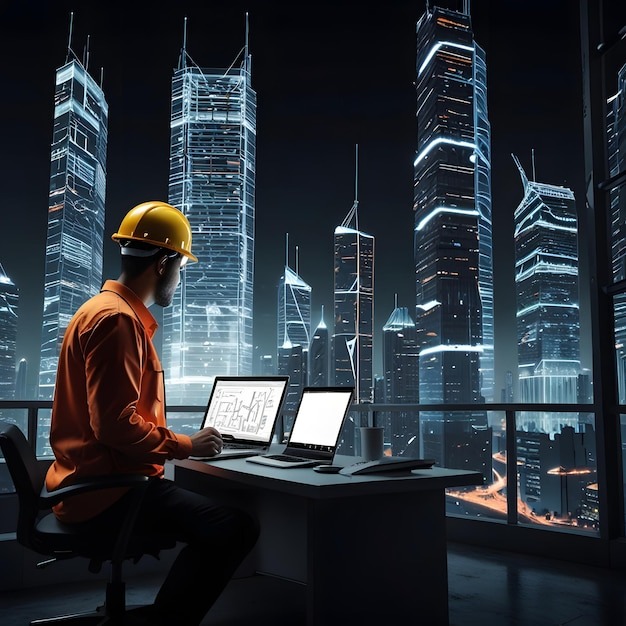Advancements in Construction Technology

Advancements in Construction Technology
The construction industry is experiencing a technological revolution, with advancements that are transforming how buildings and infrastructure are designed, constructed, and maintained. These innovations are driving greater efficiency, reducing environmental impact, enhancing safety, and improving overall quality. From digital tools to robotics and sustainable materials, the future of construction looks increasingly high-tech and sustainable.
Key Advancements:
-
Building Information Modeling (BIM):
BIM is one of the most significant technological advancements in the construction industry. This digital tool allows architects, engineers, contractors, and owners to collaborate in a 3D environment, creating detailed virtual models of buildings and infrastructure. It enhances design accuracy, reduces errors, and allows for better project management by providing a centralized database for all project-related information. -
3D Printing in Construction:
3D printing is revolutionizing the construction process by allowing the creation of complex building components, and even entire structures, directly from digital designs. This technology is helping to reduce construction time, minimize waste, and enable more customized designs. It also holds potential for affordable housing solutions by enabling the printing of homes with lower labor costs and quicker turnarounds. -
Robotics and Automation:
Robots are increasingly being used to perform repetitive or dangerous tasks, such as bricklaying, material handling, and demolition. Autonomous machines, like bulldozers and cranes, are also becoming common on construction sites, improving productivity and reducing the risk of human error. Automated systems are streamlining construction processes, improving accuracy, and increasing the speed of execution. -
Drones and Aerial Surveillance:
Drones equipped with high-resolution cameras and sensors are being used for surveying, site inspection, and project monitoring. Drones provide real-time data on construction progress, allow for detailed aerial views of sites, and can be used to inspect hard-to-reach areas, improving both safety and accuracy in project oversight. -
Augmented Reality (AR) and Virtual Reality (VR):
AR and VR are enhancing the design and construction processes. Virtual reality allows project teams and clients to experience buildings in a fully immersive 3D environment before construction begins, enabling better decision-making and design validation. Augmented reality overlays digital models onto real-world environments, providing workers with real-time data and visual instructions for tasks, reducing errors and increasing precision on site. -
Modular and Prefabricated Construction:
Modular and prefabricated construction methods involve assembling building components in a factory setting and then transporting them to the construction site for quick assembly. This approach reduces construction time, minimizes on-site disruptions, and allows for better quality control in a controlled environment. It also promotes sustainability by reducing waste and energy consumption during construction. -
Sustainable and Smart Building Materials:
The development of sustainable construction materials, such as recycled concrete, low-carbon steel, and bio-based insulation, is driving greener building practices. Smart materials that can adapt to environmental changes, such as self-healing concrete and energy-efficient glazing, are becoming more common. These materials contribute to energy savings, reduced environmental impact, and longer-lasting structures. -
Artificial Intelligence (AI) and Machine Learning:
AI is being leveraged for predictive analytics, helping to identify potential delays, cost overruns, and safety risks before they become major issues. Machine learning algorithms analyze large sets of data from previous projects to optimize resource allocation, improve construction planning, and automate decision-making, ultimately increasing efficiency and reducing costs. -
Internet of Things (IoT):
IoT technology is increasingly being integrated into construction sites through sensors embedded in equipment, materials, and structures. These sensors collect data in real-time, helping to monitor equipment performance, track materials, and improve safety by detecting potential hazards. IoT is also being used for building management systems that monitor temperature, humidity, and energy usage to improve energy efficiency and reduce operational costs.
Advancements in construction technology are reshaping the industry, offering new possibilities for faster, more efficient, and sustainable building practices. By leveraging digital tools, automation, and innovative materials, the construction sector is enhancing project outcomes, improving safety, and reducing its environmental footprint. As these technologies continue to evolve, they promise to revolutionize how we design, build, and maintain the infrastructure of tomorrow.



